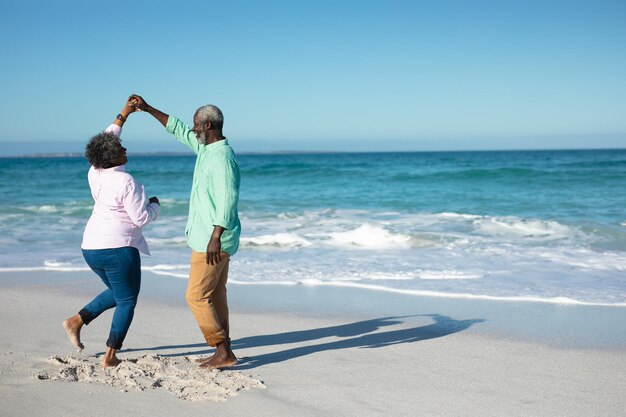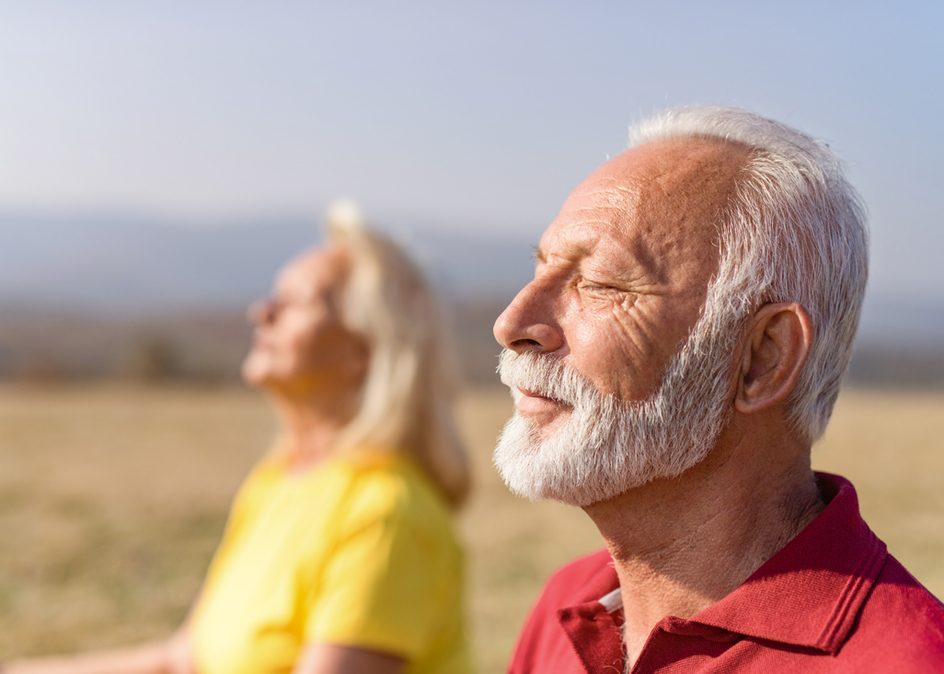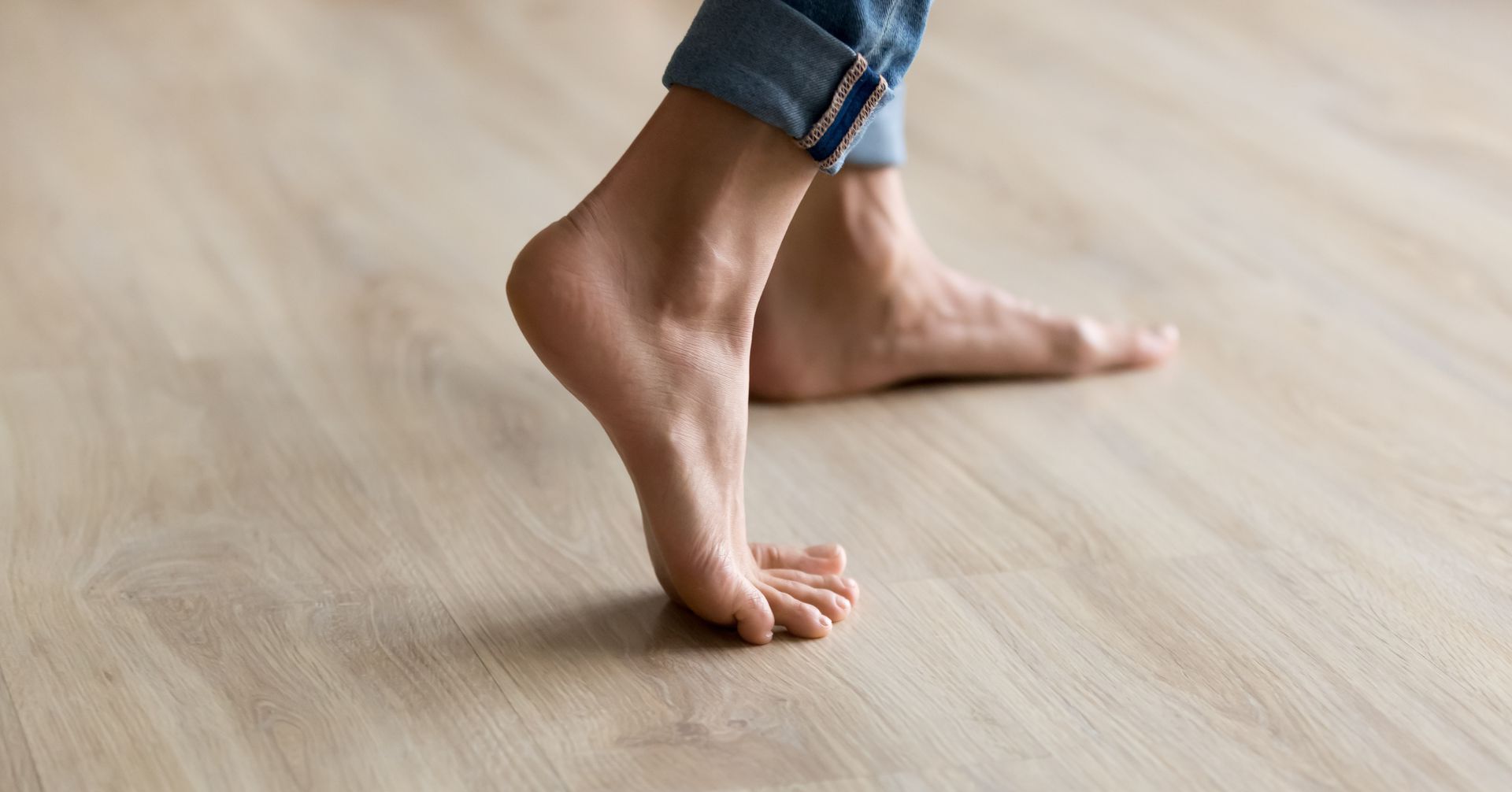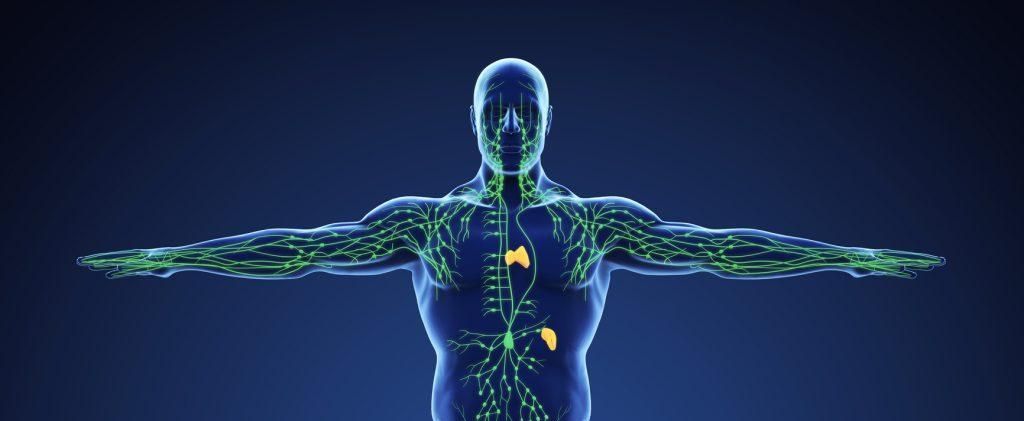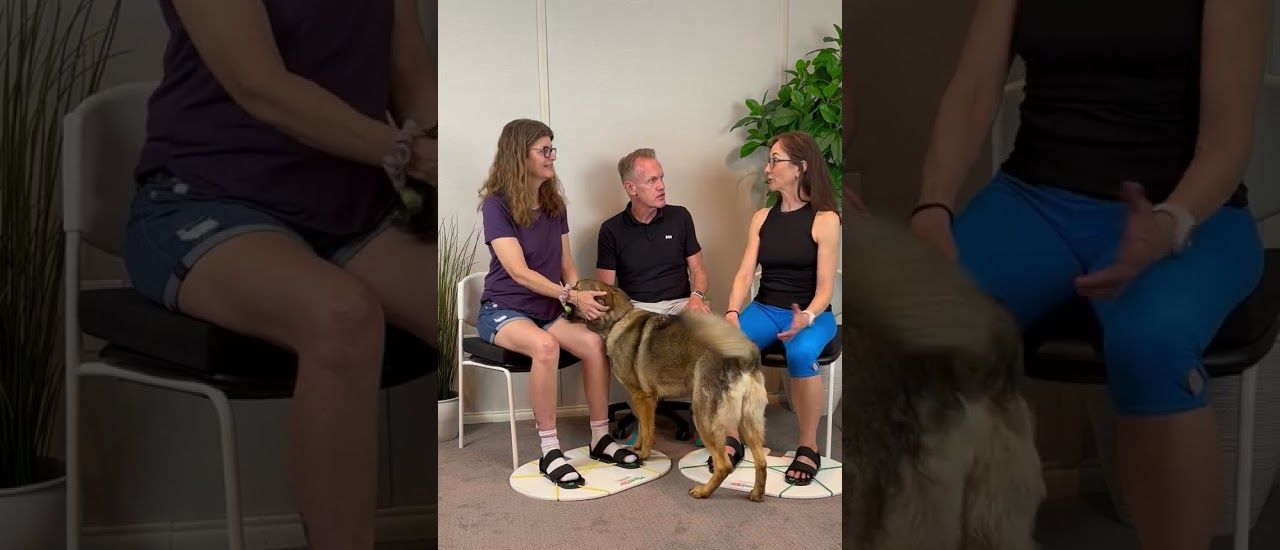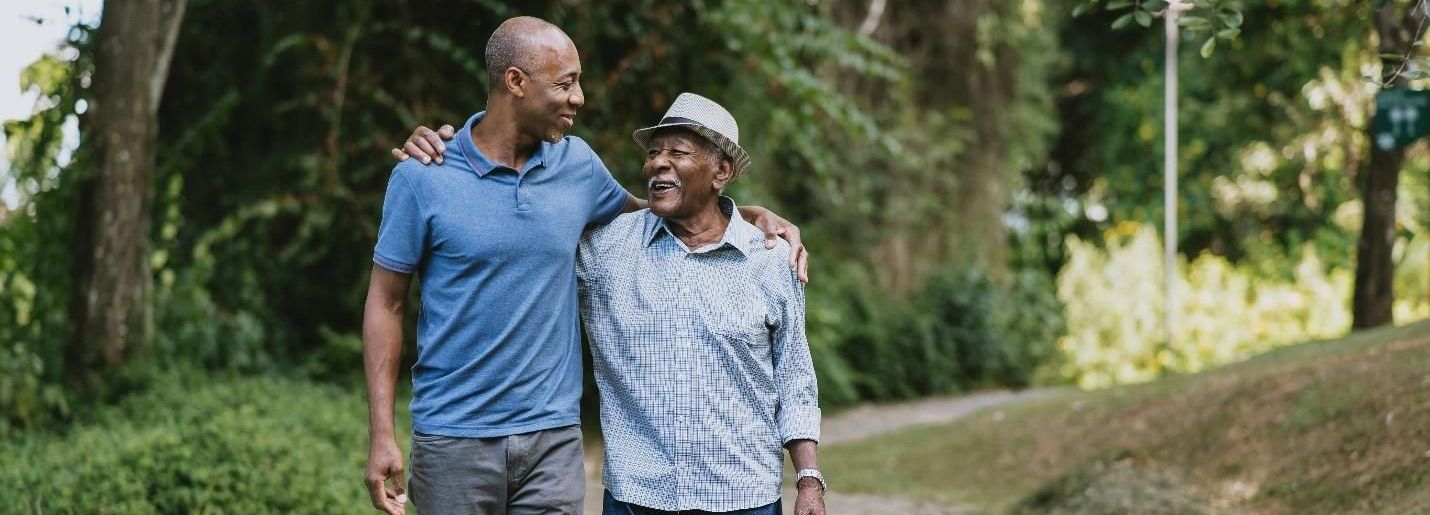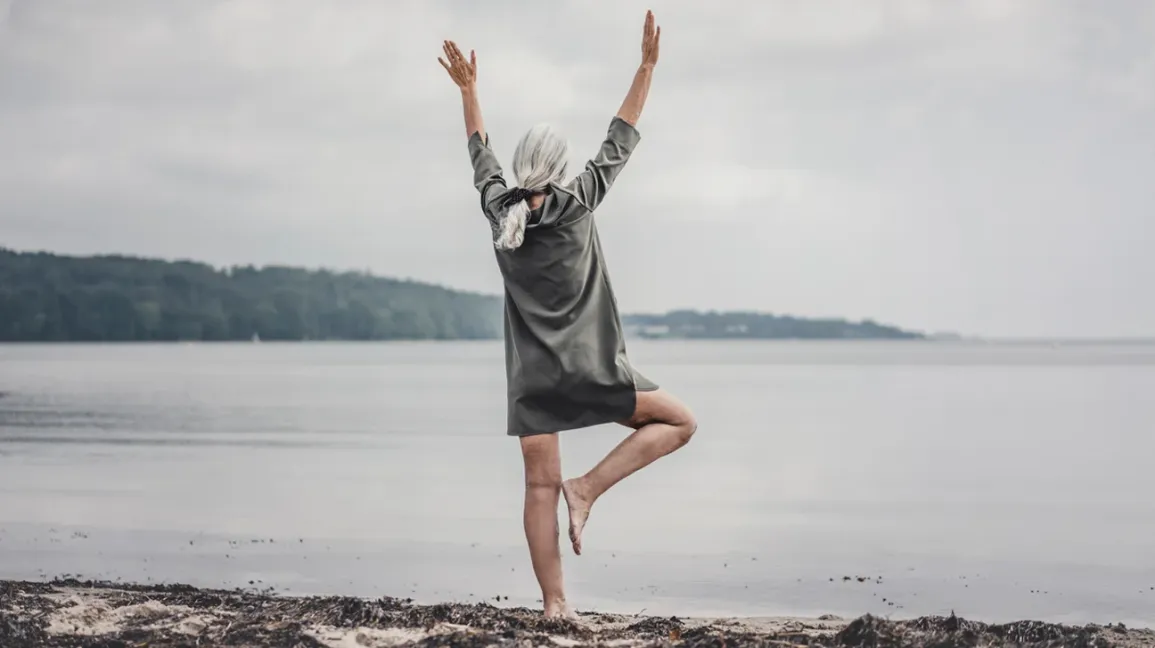Reducing Fall Risk: Your Home Safety Checklist
As we age our risk of falling increases. Back in 1986, Mary Tinetti, a pioneer in fall risk and fall prevention research at the Yale University School of Medicine identified over 160 independent risk factors for falls! That was before “smartphones” so that number is certainly higher now as cellphones can be a major distraction.
The risk factors she identified can be thought of as intrinsic (occurring within the body) and extrinsic (occurring outside the body). Research shows that the risk of falls increases linearly with the more risk factors that are present (1). The more risk factors we can reduce, the lower our chance of falling. That’s the purpose of today’s blog.
Improve Physical Function
To reduce our intrinsic factors, it is crucial to improve our balance and mobility in order to sense and respond to the loss of balance in time to save ourselves from a fall. The most efficient way to walk steadier, stronger and faster is through increasing our joint range of motion and strength, especially at ankles, the primary joint involved in balance.
Our studies with older adults show consistent improvements in balance, ankle flexibility and strength in as little as 10 minutes per week for about 8 weeks using the MoveMor Mobility Trainer. That’s a small investment for a huge return of being more confident and fall resilient. This can be an incredibly simple and effective way for you to regain and maintain functional independence for life!
Improve Home Environment
Environmental hazards in and outside the home increase the risk of tripping and slipping. It’s estimated that in 50-80% of falls, at least one environmental risk factor is involved (2). We understand that weather is a factor out of our control, so extra caution should be taken when it’s raining, snowing or icy outside. Being aware of your surroundings and wearing appropriate footwear with good tread can be a lifesaver.
Invest in your health and balance with high-quality, well-fitting shoes. Your body’s foundation is critical for feeling steady so take good care of your feet. It’s one of the soundest investments you can make because you are guaranteed to get a high return on your investment.
When walking on snow or ice, walking like a “duck” with toes pointed slightly outward can increase your base of support to make you feel steadier. Be sure to walk slowly and intentionally with each step when you find yourself in a wet or slippery environment. Holding onto someone’s arm who is strong and steady can be extremely helpful too. Don’t be afraid to ask for help!
Since we can’t control the outside environment or weather, it’s important to consistently work on our walking ability to be best prepared to handle whatever comes our way within our community or when traveling. Exercising ankles is the most efficient way to improve balance. MoveMor can get you there faster. It can save you from a fall. How much does a fall cost? Purchase the tools you need to achieve your balance and functional independence goals. You are worth it.
Consistent mobility training is the key to train muscles in all directions so they are there when you need them to rescue a fall. Being strong and flexible in all directions means you can handle the loss of balance in multiple directions too. Physical fitness combined with having a home that is as safe as possible can significantly reduce your fall risk.
Perform a Home Inspection
The majority of fall-related injuries (55%) occur inside the home, including falls on stairs and in rooms throughout the house (3). It’s important to reduce environmental hazards within the home; performing a home inspection can help reduce the risk of a trip, slip or misstep.
While there are numerous factors to look out for, here is a checklist for you to correct 10 common home hazards.
1. Stairs and Steps
- Are they clutter-free? Avoid placing items on steps as a reminder to grab those items on the next trip up the stairs. If there is room, place a basket in a far corner that you don’t step near where you can put those items.
- Is there adequate lighting so each step is clearly visible? An affordable and easy option here is to use night lights throughout your home and especially by stairs. There are also stick-on sensor lights and light strips that can be easy to install.
- Are the handrails sturdy? Do they extend the full length of the stairway? Using handrails ascending and descending stairs is always a good idea to maintain balance.
- Are steps in
good condition (indoors and outside)? Ensuring steps are not broken or uneven can reduce fall risk. Stairs need to be in good shape to offer stable footing.
2. Bedrooms
- Is there a clear,
well-lit pathway from your bed to the bathroom? Be sure that this path is clear of clutter, or a pet toy is picked up before hitting the hay. Using nightlights, a salt lamp or having a small flashlight on your nightstand can light the way to the toilet safely.
3. Bathroom
- Is there safe footing in wet spaces? Bathtubs and showers are naturally wet and slippery places! Placing non-slip self-stick strips are easy to install and a great way to keep feet feeling steady and secure with an easy to grip surface.
- Do you have grab bars within reach next to the shower or toilet? These bars can provide extra stability when we need it. Resources are available to install grab bars correctly. Be cautious of suction-cup grab bars as they can lose their grip over time; if you have one, check the grip with a light tug before using it for your full body weight.
4. Kitchen
- Are the items you use most often easily within reach? It’s safer to store these items on the counter or in cabinets that you can reach for while squatting properly rather than having items in high cabinets or shelves where you need to be on tip-toes.
- When needed, have a
sturdy step stool available for those higher to reach items. Make sure you feel stable before reaching for items above you.
5. General Home Hazard Checklist
- Check for and remove or replace some of these common home hazards that increase tripping and slipping including:
- Loose rugs or throw rugs
- Electrical cords
- Clutter and remove obstacles on the floor
- Wet floors
- Low chairs or toilets
- Unstable furniture
- Improper height, maintenance or use of assistive devices like canes, walkers or wheel chairs.
- Unsafe foot wear like flimsy slippers or shoes; thick rubbery soles and socks without treads.
For more information and tips to keep your home safe, please check out the AARP Home Fit Guide by
clicking here. I encourage you to make time to perform a home inspection because an ounce of prevention is worth a pound of cure! Cheers to living falls-free!
References
